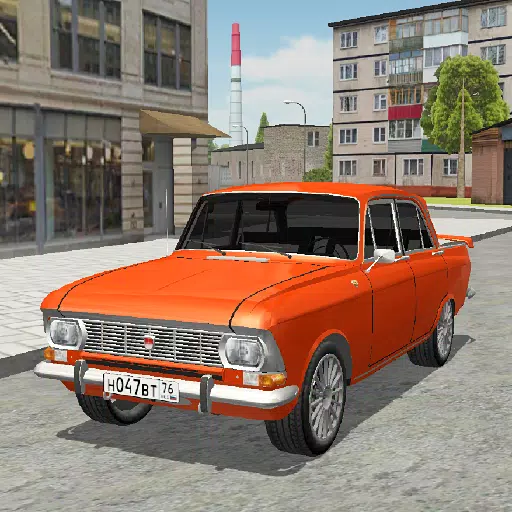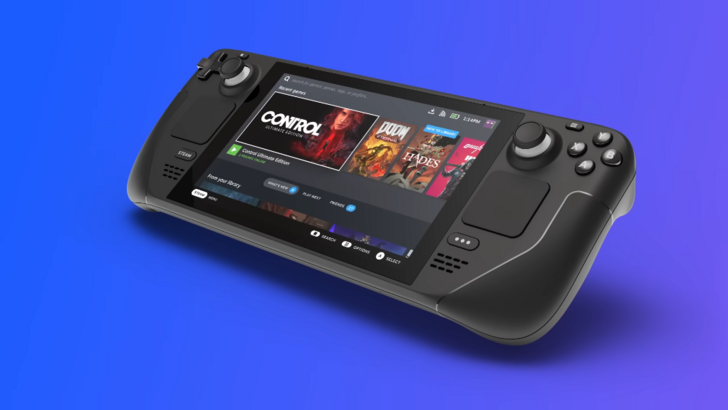
Valve's Steam Deck bucks the trend of annual hardware upgrades seen in the smartphone market. Instead of yearly releases, Valve prioritizes substantial, generational improvements, as confirmed by designers Lawrence Yang and Yazan Aldehayyat.
No Yearly Cadence for Steam Deck
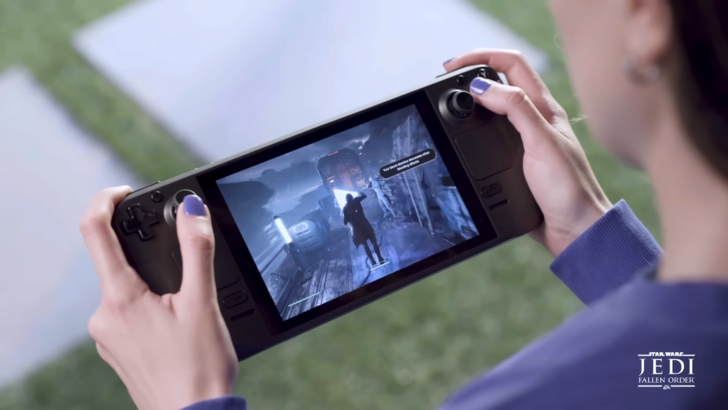
Yang explained in a Reviews.org interview that the annual update cycle employed by competitors isn't customer-friendly, offering only incremental improvements. Valve aims for significant upgrades, focusing on a "generational leap" without compromising battery life. Each new iteration should justify the cost and wait time.
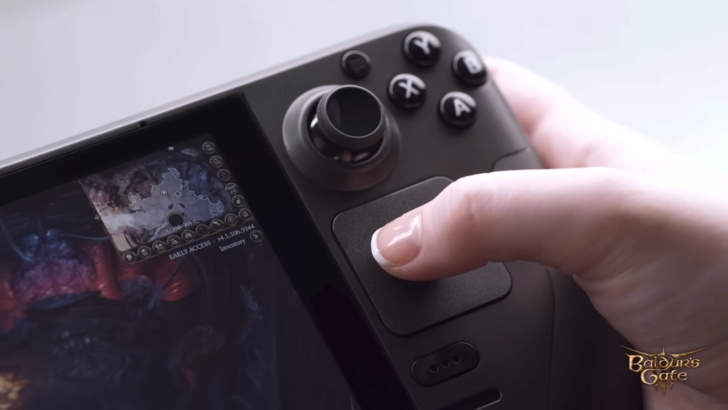
Aldehayyat highlighted Valve's dedication to addressing user needs, particularly in the realm of portable PC gaming. While acknowledging room for improvement, they welcome competition, viewing it as beneficial for gamers. They cite the Steam Deck's touchpads as a key innovation lacking in some competitors, like the ROG Ally, and express hope that other manufacturers will adopt similar features.
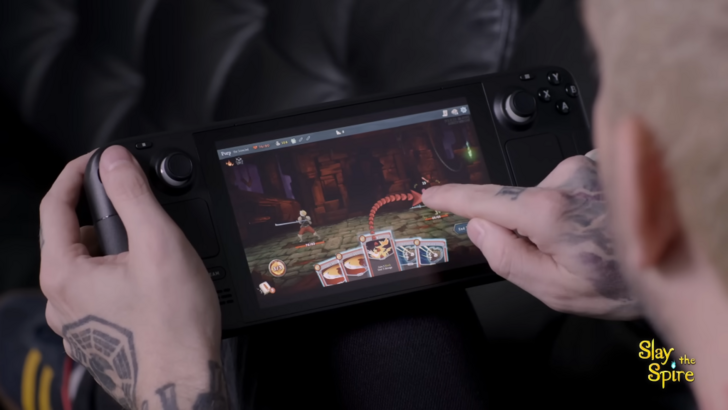
Regarding the OLED Steam Deck, Aldehayyat noted that variable refresh rate (VRR) was a desired feature absent at launch. Yang clarified that the OLED model was a refinement of the original, not a second-generation device. Future models will prioritize improved battery life, though technological limitations currently constrain progress.
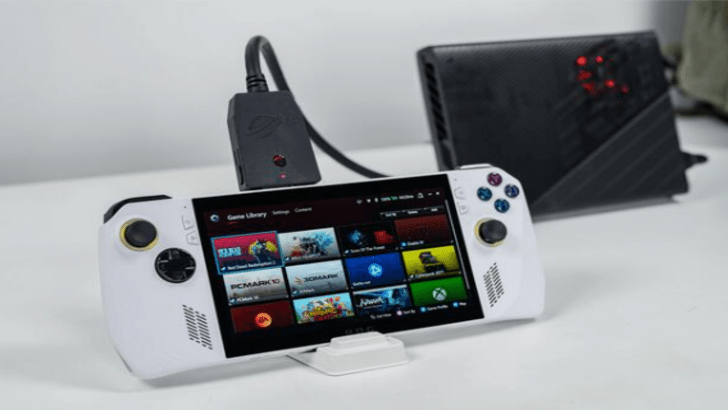
Despite the lack of frequent hardware updates, Valve doesn't view the competition (Asus ROG Ally, Ayaneo) as an "arms race." They celebrate the innovation spurred by the Steam Deck and welcome the diverse design approaches of competitors, focusing on enhancing the portable PC gaming experience.
Steam Deck's Australian Launch
The staggered global rollout, with Australia receiving official sales only recently (November 2024), may have influenced Valve's approach. Yang attributed the delay to the complexities of financial due diligence, logistics, warehousing, shipping, and returns management. Aldehayyat added that while meeting Australian standards wasn't an issue, establishing the necessary infrastructure for sales and support was.
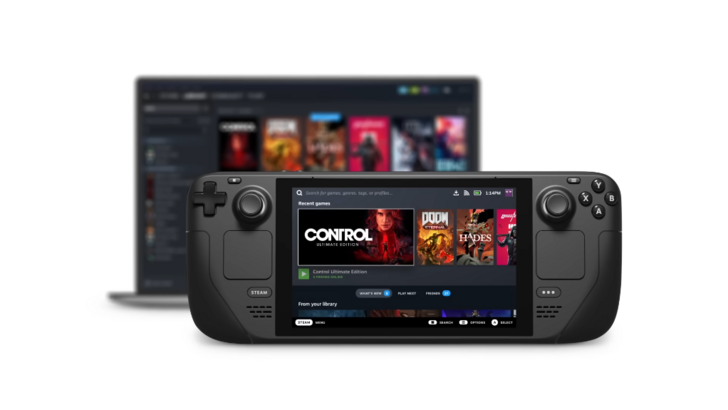
Currently, the Steam Deck isn't officially sold in several regions (Mexico, Brazil, parts of Southeast Asia). While unofficial channels exist, users in these areas lack official support and warranty coverage. Conversely, the Steam Deck is readily available in the US, Canada, much of Europe, and parts of Asia.





